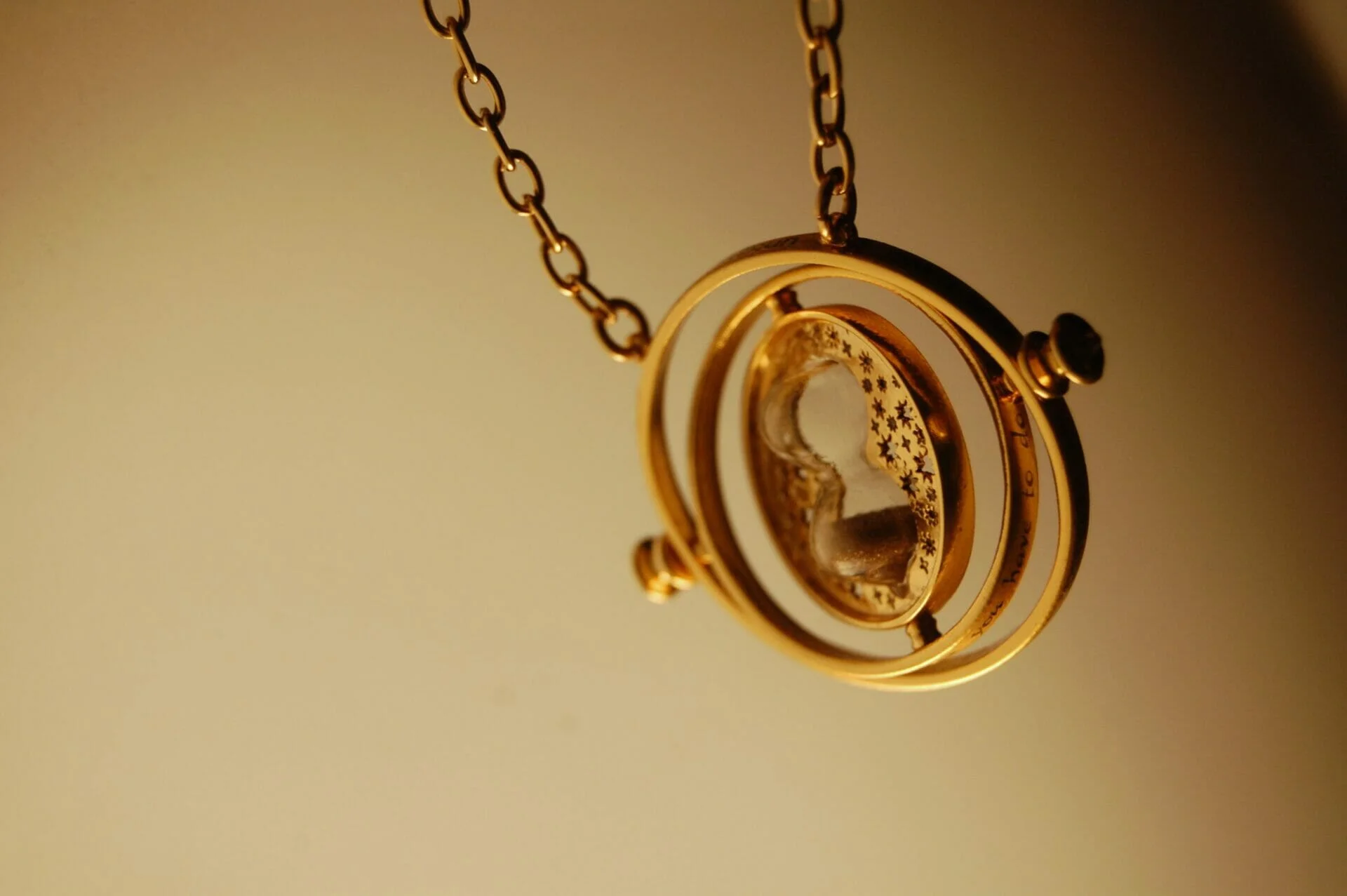
Harry Potter and the Prisoner of Azkaban | Finding a light in the darkness
Author
Format
Length
The new school year in Hogwarts starts in a dark mood. Sirius Black, one of the most dangerous of Voldemort’s Death Eaters, has escaped from Azkaban, the magic prison. He was Harry’s godfather and betrayer of his parents, and nobody knows where he could be. Harry Potter and the Prisoner of Azkaban brings the young wizard Harry into full confrontation with his fears.
Bloomsbury published the third episode of J.K. Rowling‘s fantasy saga in 1999. The British illustrator Jim Kay created the drawings for an illustrated version, released in 2017, while in 2004 the Academy Award winner Alfonso Cuarón directed the homonymous film.
Space and time: nothing is like it seems
As Harry grows up, he feels more and more uncomfortable in the Muggle world. Sometimes he has problems controlling his powers, too. His life meets not only many difficulties, but also increasing dangers. Everybody believes that Black wants to finish his job and give Harry to He-Who-Must-Not-Be-Named.
Harry Potter and the Prisoner of Azkaban changes the rules of space and time. Some magic objects allow Harry and his friends to break the border that seemed insurmountable: the Marauder’s Map, for example, reveals every corner of the school and the location of every person, while the Time-Turner is a special necklace that allows one to travel back in time and fix mistakes. While attending Divination, a new subject, they discover that only a thin line separates reality from possibility.
I solemnly swear that I am up to no good.
Those special objects, together with new spells and meetings, teach Harry that things are not always as they seem.
Facing fear
Black revealed to Voldemort Harry’s parents hiding places, despite the fact that they thought he was a friend. He was also a cruel murderer; consequently, his jailbreak terrifies students and the whole magic community. Remus Lupin, the new Defense Against the Dark Arts teacher, uses a Boggart for a lesson about confronting fears. This is a creature able to take the shape of the greatest terror of the person in front of him. To defeat a Boggart, one has to face their own worst fear, learning to laugh about it.
Since his first appearance, Professor Lupin has a mysterious, as though look hiding a secret: he is a werewolf. The fear of the unknown and of everything that is different make him a marginalized character. As Rowling confirmed to The Independent, through this character she wanted to give voice to people discriminated against due to an illness. She compared lycanthropy to HIV, a stigma carried by blood. Werewolves scare people and many of them don’t want to deal with them. The same treatment was reserved for people affected by HIV, as the miniseries It’s a Sin shows.
In the wizard world, the idea of punishment itself corresponds to the impossibility of finding serenity. Dementors are magic creature whose power is to take any joy away: for this reason, they are Azkaban’s guards. Since their kiss steals a man’s soul, it is considered capital punishment: a non-life in an empty body. As in Stephen King‘s IT, Azkaban and its guards are the embodiment of fear itself. Prisoners end up living in an everlasting atmosphere of terror and suffering.
Finding protection
Riddikulus and Patronus, the spells that can defeat Boggarts and Dementors, work only thanks to cheerful and fun memories. If the remembrance of happiness is stronger than fear, Dementors dissipate. The defeat of Dementors (and Boggarts) turns into a metaphor of being able to live free, despite one’s own fears. A freedom made possible by the protection of love: friends and family function as a shield stronger than any spell. The recall of loved ones and the time spent with them creates a barrier between wizards and their fears.
Harry survived against Voldemort as a baby because his mother sacrificed herself; while as a teenager, he can rely on Ron and Hermione, who will stay by his side no matter what. And they are not the first group of friends proving they are stronger than hardships: the Marauder’s Map was created by Moony, Wormtail, Padfoot and Prongs. They were a Werewolf and three friends of him, who decided to become Animagus to stay with him during his long nights in animal form.
Friendship and love are endless source of cheerful memories, the only way to defeat darkness.
Proven innocents
During a lesson of Care of Magical Creature, students meet the hippogriff Buckbeak. As a teacher, Hagrid warns them: hippogriffs are proud creatures that should be approached with care and politeness. Harry follows his advice and succeeds in creating a contact; on the contrary, Malfoy proves to be rude and Buckbeak accidentally hurts him. Ministry of Magic sentences the creature to death, although he is innocent.
His destiny seems similar to Harry’s godfather. Accused of a crime he didn’t commit, Sirius had to serve a long sentence and nearly received a kiss from a Dementor. But both he and Buckbeak find someone who believes in their innocence and helps them to escape. Their stories recall historic trials that ended with the accusation of innocents; stories that inspired When They See Us and Frank Darabont‘s The Green Mile.
Harry Potter and the Prisoner of Azkaban has something different, though. The story grows together with its characters, mirroring their path to adult life. Themes are more and more complex and the language reflects this evolution, too. Words and sentences mirror how the novel’s protagonists become mature, evolving slowly. As they deal with difficult problems, so they learn how to express themselves and how to face them. They know spells to save souls, and to kindle hope even on the most threatening night.
Happiness can be found, even in the darkest of times, if one only remembers to turn on the light.
Tag
Buy a ☕ for Hypercritic






